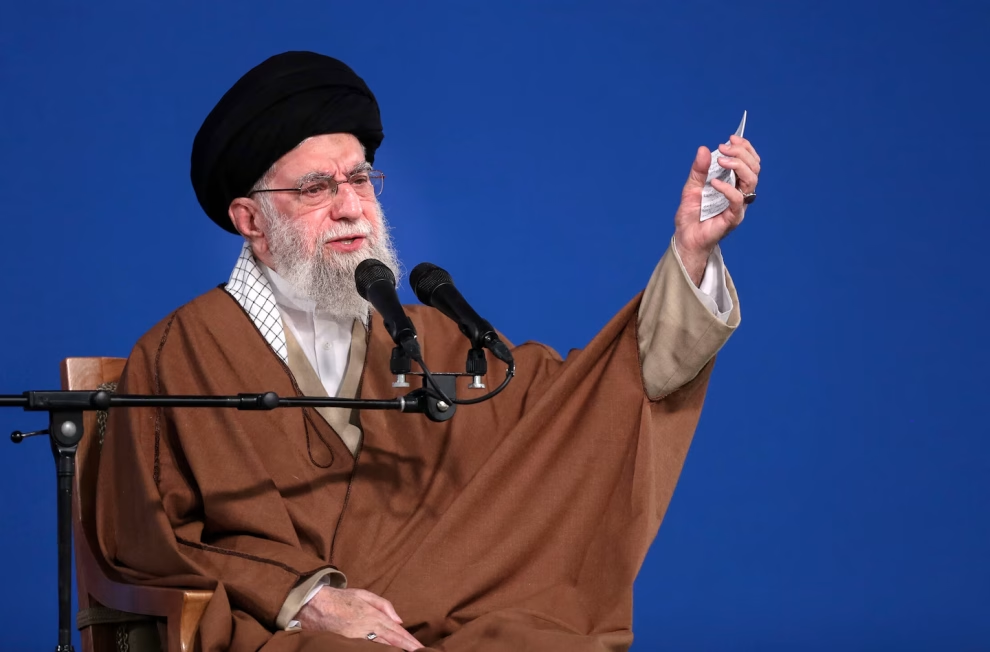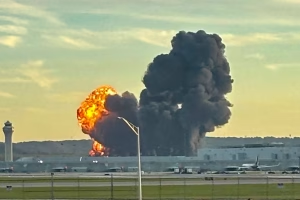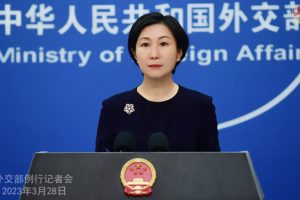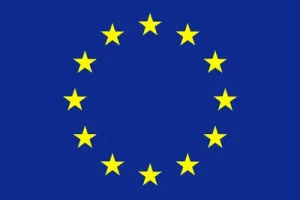Tensions in the Middle East have further escalated after Iran threatened to attack US bases in the region, following what Washington described as massive air strikes that had destroyed Tehran’s nuclear programme. However, some US officials have indicated that the full extent of the damage is yet to be determined.
The reported US strikes, which targeted key underground uranium enrichment sites at Fordo, along with nuclear facilities in Isfahan and Natanz, have sparked international concern about a deepening conflict in an already volatile region. This comes after Israel launched a bombing campaign against Iran earlier this month.
Ali Akbar Velayati, an advisor to Iran’s supreme leader Ayatollah Ali Khamenei, warned that any country whose bases are used by US forces to strike Iran would be considered a “legitimate target” for Iranian forces, according to Iran’s official IRNA news agency. He added that the US had “attacked the heart of the Islamic world and must await irreparable consequences.”
US President Donald Trump hailed the strikes as a “spectacular military success,” claiming on social media that they had taken the “bomb” out of Iran’s hands.
At a Pentagon press briefing, US Defense Secretary Pete Hegseth said Iran’s nuclear programme had been “devastated,” while a top US general, Dan Caine, noted that initial assessments indicated “extremely severe damage and destruction” across all three sites. However, General Caine cautioned that it was too early to comment on the full extent of the remaining capabilities.
In Iran, President Masoud Pezeshkian vowed that the United States would “receive a response” to the attacks. Protests reportedly took place in central Tehran against the US and Israeli actions.
US Vice President JD Vance told ABC News that the US had “substantially” set back Iran’s nuclear programme but suggested that Iran still possessed highly enriched uranium. He indicated that the US would be working in the coming weeks to address this.
Another advisor to Ayatollah Khamenei, Ali Shamkhani, stated on social media that even if nuclear sites were destroyed, Iran still possessed enriched materials, knowledge, and political will.
Rafael Grossi, the head of the International Atomic Energy Agency (IAEA), informed an emergency UN Security Council meeting that craters were visible at the Fordo facility, but the underground damage was yet to be assessed. He added that while attacks on nuclear facilities could cause radiation leaks, the IAEA had not detected any increases.
Israeli Prime Minister Benjamin Netanyahu publicly praised the US strikes as a move that would “change history.” Israel’s military is also reportedly assessing the damage to the deeply buried Fordo facility, with uncertainty remaining over whether Iran had already moved enriched uranium from the site.
According to General Caine, the main US strike force involved seven B-2 Spirit bombers that flew from the US mainland to Iran.
In apparent retaliation for the US action, Iran’s armed forces reportedly targeted sites in Israel, including Ben Gurion airport near Tel Aviv, wounding at least 23 people. Local media in Iran also reported that nine members of the Revolutionary Guards were killed in Israeli attacks on central Iran on Sunday, indicating continued exchanges between the two adversaries.
Iran’s health ministry has stated that Israeli strikes have killed over 400 people since they began, while Iranian attacks on Israel have resulted in 24 deaths, according to official figures.
Several Middle Eastern nations, including the United Arab Emirates, Qatar, and Oman, which had been involved in mediating Iran-US nuclear talks, criticised the US strikes and called for de-escalation. UN Secretary-General Antonio Guterres warned of a dangerous cycle of retaliation.
Meanwhile, Iran’s Houthi allies in Yemen reiterated their threat to resume attacks in the Red Sea if Washington joined the war, asserting their readiness to target US ships.





Add Comment